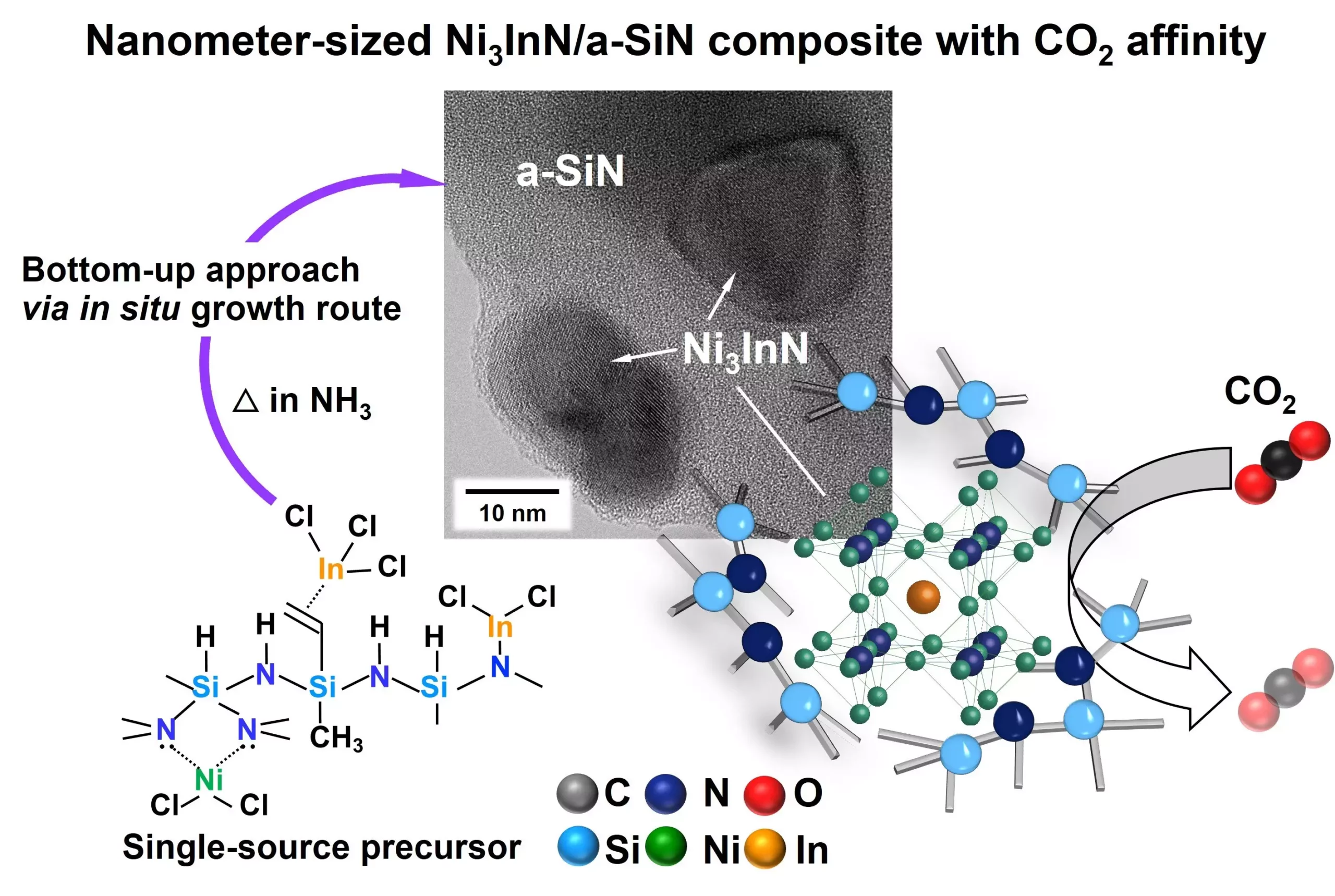In recent years, the arena of material science has been dazzlingly captivated by perovskites. While their remarkable properties have taken center stage, an equally compelling class of materials—anti-perovskites—remains underexplored yet brimming with potential. The distinctive crystal structure of anti-perovskites, characterized by an inverted electrical configuration, allows for intriguing physical characteristics. These include negative thermal expansion, notable ionic conductivity, and even the tantalizing possibility of superconductivity. Although these qualities are deserving of attention, advancements have been stymied by challenges in synthesizing these materials, particularly at the nanoscale. The pursuit of anti-perovskites might well be the next leap forward in material innovation.
Barriers to Synthesis: A Major Roadblock
The synthesis of nanosized anti-perovskites has encountered significant hurdles, which has impeded their integration into catalytic applications. Despite their potential, the complexity involved in producing these structures—especially in terms of achieving uniformity and suitable size—has posed persistent challenges for researchers. Previous methods have often yielded inconsistent results and limited scalability, calling into question the viability of anti-perovskites as commercially advantageous materials. The scientific community is aware of the burgeoning applications these materials could serve in energy efficiency and catalytic processes; however, without a reliable method for their synthesis, interest remains largely theoretical.
Trailblazing Research: A Paradigm Shift in Synthesis Techniques
Recent work spearheaded by Professor Yuji Iwamoto at Nagoya Institute of Technology in Japan is ready to shift this paradigm. The study endeavors to overcome existing synthesis limitations utilizing a novel approach that combines amorphous silicon nitride (a-SiN) with nanosized Ni3InN anti-perovskite crystals. The method, classified as Polymer-Derived Ceramics (PDCs), showcases not only ingenuity but the validation of a compelling hypothesis that could pave the way for future exploration.
Highlighted in the Journal of Materials Chemistry A, the work outlines an innovative synthesis technique in which polysilazane is chemically modified to introduce nickel and indium chloride. This precursor is then subjected to pyrolysis in an ammonia environment at a relatively mild temperature of 300 °C, yielding a nanocomposite that marries a-SiN with Ni3InN crystals within a singular operational step. This approach underscores the researchers’ resourcefulness in turning theoretical challenges into practical solutions.
Systematic Analysis: A Key to Successful Fabrication
One of the significant achievements of the research team lies in overcoming early-stage hurdles in fabricating a single-phase Ni3InN compound. Through meticulous experimentation and analytical techniques, the presence of steric hindrance due to vinyl groups in polysilazanes was identified as a critical bottleneck. By contextualizing this roadblock and strategically modifying the precursor’s composition, the research team successfully achieved a single-phase anti-perovskite. This example serves as a testament to the importance of systematic analysis in the realm of material synthesis.
Implications for the Future: Beyond Catalysis
The impact of this newly established synthesis method extends far beyond a single research outcome. The resultant microporous nanocomposite, abundant with interfaces between the Ni3InN and a-SiN matrix, provides a fertile ground for innovation in heterogeneous catalysis. With implications for capturing CO2 and transforming small molecules into valuable products, the insights from this study herald a new era where multifunctional materials become essential in clean energy initiatives.
Dr. Samuel Bernard’s remarks encapsulate the gravity of this research. The ability to design catalysts with diverse metallic compositions presents an unprecedented opportunity for revolutionizing materials that can address pressing global challenges. With structural diversity and modularity at its core, this approach may well unlock unforeseen avenues of catalytic functionalities.
Thus, while the perovskite craze captures headlines, let us not overlook the equally compelling developments in anti-perovskites. The efforts spearheaded by the research team at Nagoya Institute of Technology illuminate a path forward, urging the scientific community to pivot attention toward these promising materials. The world of materials science is on the brink of extraordinary discoveries that may one day redefine sustainability and energy efficiency, thanks to the potential unlocked by anti-perovskites.


Leave a Reply